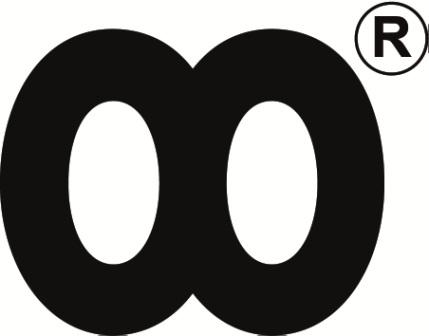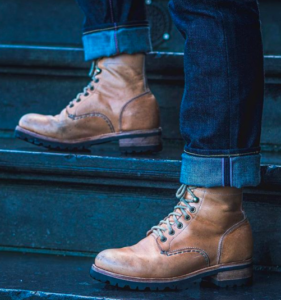Our first product ever produced more than six years ago, the travelbag, was 100% made in The Netherlands. So, from making the pattern, cutting the leather, stitching the bags, hand numbering them, all the way to the packaging. Along the way, we shifted to Portugal for our footwear. And our leather comes from the north of Europe; Scandinavia, but also from The Netherlands. It’s all within the boundaries of Europe.
Why we still work locally
Fast-forward six years, and we still work locally as this is part of our brand strategy and our mindset. We like to keep it close to our home country. For us this means working with small production companies and trusted partners who believe in us. The most important reasons why we do this, is because with this locality, we can oversee and manage every step of the process. Our products are our heritage, so we need to produce in the best way possible. Working close to home allows you to visit your production facility often. We need to know, and see, with our own eyes. Not because we don’t trust our partners, because we absolutely do. But because we care.
Leather from Northern Europe and tanneries in Portugal and Italy
The main ingredient of our products is the natural tanned leather. It is important to know that our leather comes from Europe. For a lot of consumers this is a grey area. Based on two combined production of two types of leather, these are the biggest producers:
- #1: China – nearly 4 billion square feet of leather per year
- #2: Brazil – 1.7 billion square feet of leather per year
- #3: Italy – European leader with over 1.5 billion square feet of leather per year
- #4: Russia – Over 1.4 billion square feet of leather per year
- #5: India – Nearly 1.4 billion square feet of leather per year
What is good to know is that f0r most leather that is tanned in countries like China and India, heavy chemicals are used. As Gizmodo states it very wisely: “Though we may consider ourselves intellectually and technologically superior to our cave-dwelling ancestors, we still adorn our bodies, transports, and homes with the skin of conquered animals. But unlike the wholly organic methods used by our forebears, the modern leather industry is simultaneously killing the local environment and the people that work there with a toxic slurry of chemicals.”
Vegetable tanning vs tanning with chemicals
In an earlier blog we highlighted the differences between the two tanning methods. During the natural process of tanning, the tannins of bark, leaves and plants bind the collagen proteins in the hide and protect them so they are less harmful for water penetration and bacterial affections. In contrast, chrome tanning has a different approach which is commercially far more interesting because of the speed of the process. And thereby, the leather will not ‘live’ anymore and so the colour stays the same over time. For the mass market, this is a well appreciated aspect of leather, but our preferences are different. The biggest downside of all these chemicals: it kills the environment. Solid and liquid waste that contains leftover chromium is dumped in the environment. Tanning one ton of hide typically results in 20 to 80 cubic meters of wastewater with Chromium concentrations around 250 mg/L and sulfide concentrations at roughly 500 mg/L. Therefore, we only want to work with vegetable tanned leather. Tanning with natural materials. And partners in Europe. Partners that have high standards for health and safety regulations. Read about our latest partner; Pele Conciate el Vegetable.
We shifted to Portugal for our footwear
Nowadays we don’t only produce in The Netherlands. When we started with our footwear some years ago, we had to go to another country as in The Netherlands they don’t produce footwear anymore based on the Goodyear Welted construction. This authentic construction method disappeared a long time ago in our country when mass-production started.
Our Second Home
So, we decided to go to Portugal as this feels like our second home as our designer Hans Boons visits this beautiful country for thirty years already. We make use of a strong network over there, and we know exactly where they produce the best of the best. And with the most authentic skilled craftsmen. Our footwear is produced in a small-scale factory that is specialized in Goodyear Welted. They produce slow, which means no mass-production. Each footwear style in this factory demands so many steps, so much knowledge and time to achieve our end-result. The same goes for our other products as our small accessories like our belts and wallets, but also our new bag; the Weekender.
The risk of a small collection and a compact production network
We also face a high risk with our small collection. If a partner is struggling or when quality standards are not met because whatever reason, a specific product will be out of stock for a while. We don’t mind this consequence at all! We cherish it. We do it our way. Slowly. Even is this means we have to discontinue our most commercial model ever; the sneaker. And with every new model that makes it to the collection, we design, prototype, test and re-design until we, and our partners are happy. We know we can deliver the quality that our customers demand and deserve.


